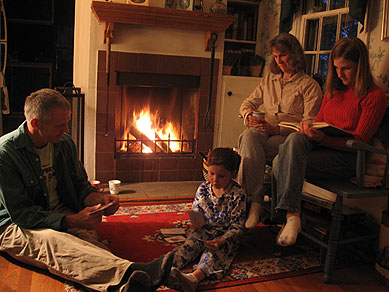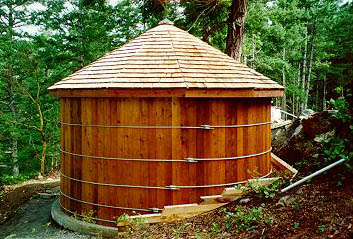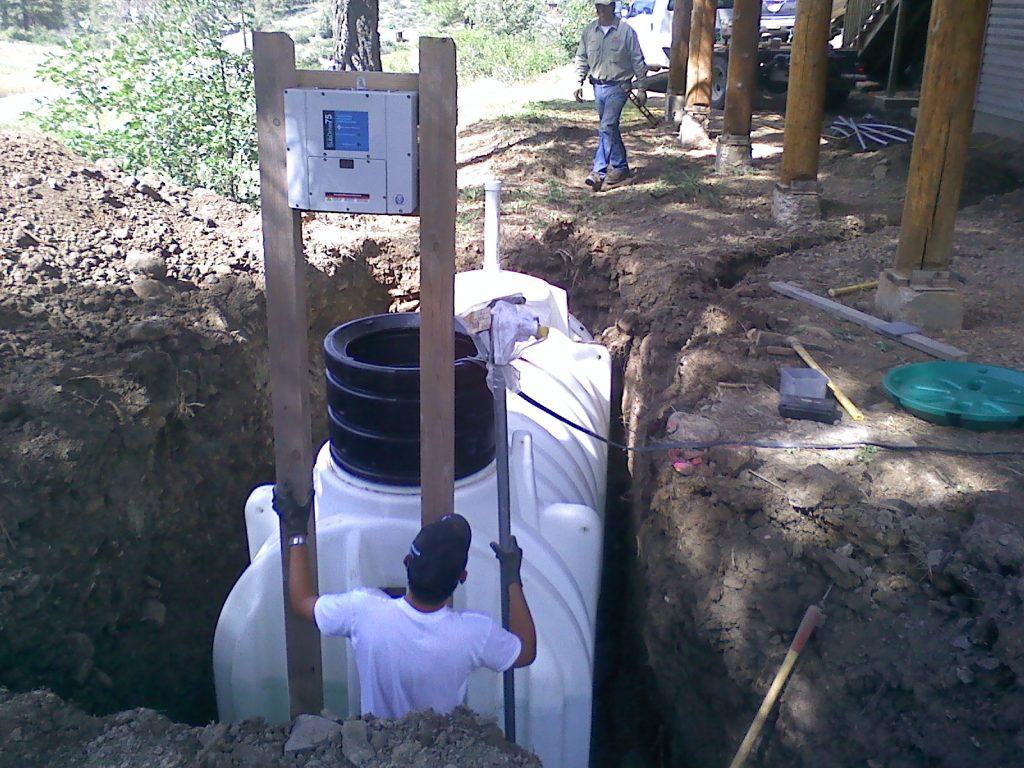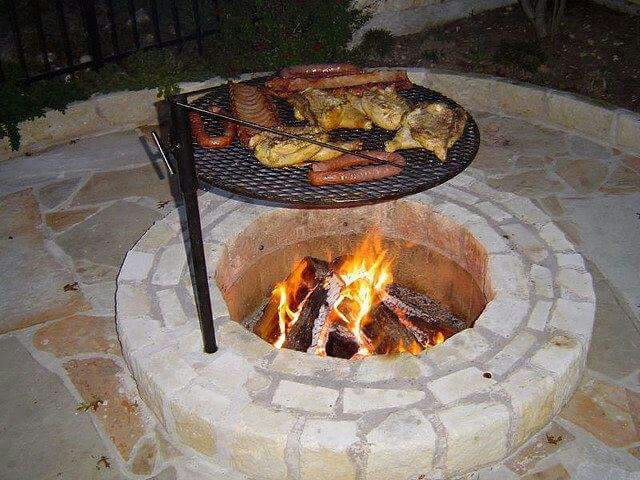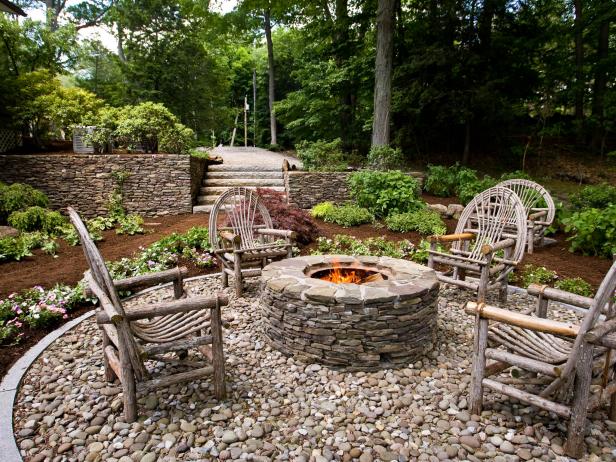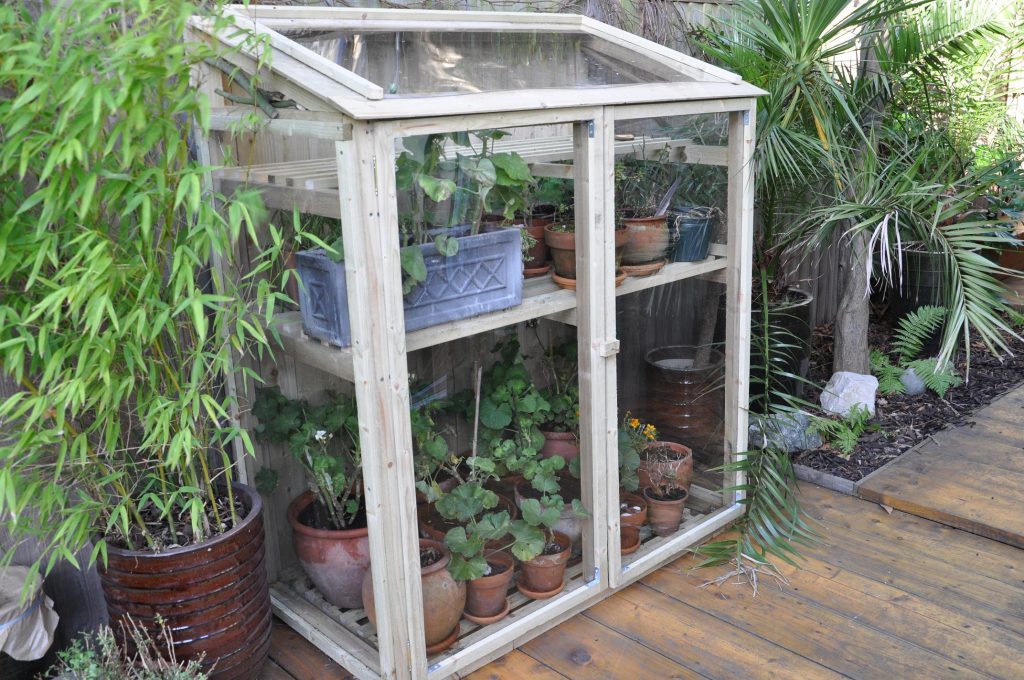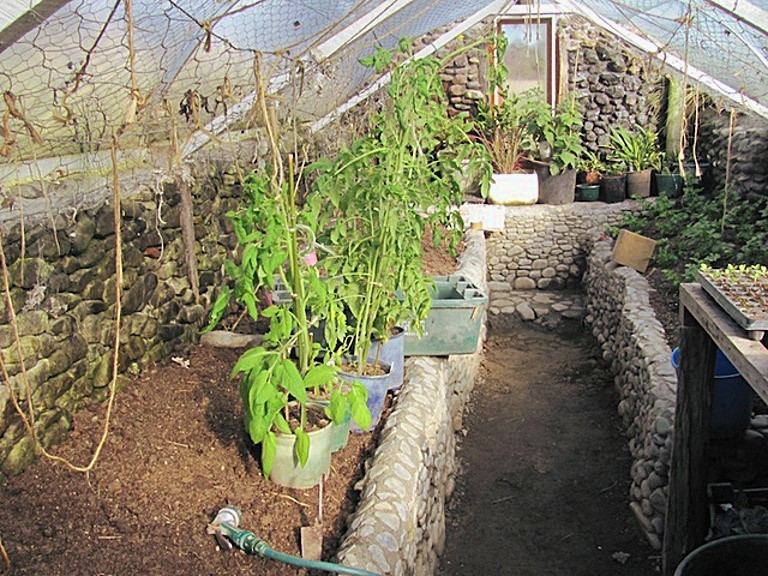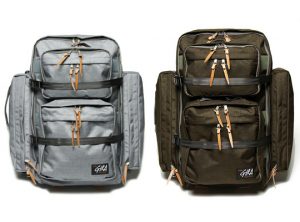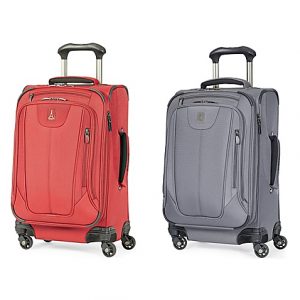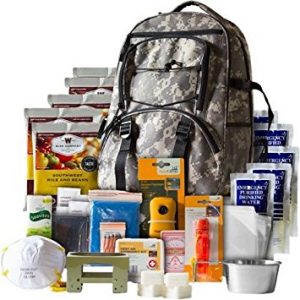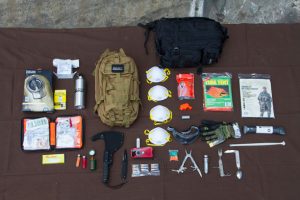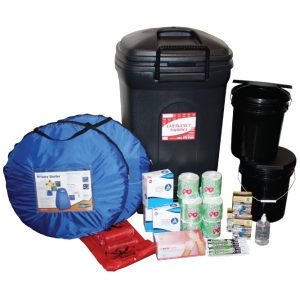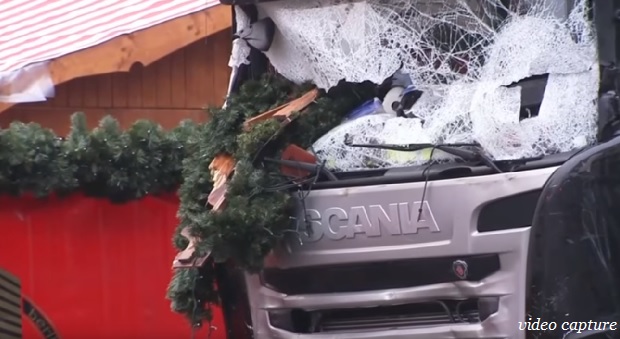Written by Wild Bill on The Prepper Journal.
Editors Note: A guest post from Chrissy McDonald to The Prepper Journal. Published under my name because I am adding my 2 cents at the end. As always, if you have information for Preppers that you would like to share and possibly receive a $25 cash award as well as be entered into the Prepper Writing Contest with a chance to win one of three Amazon Gift Cards with the top prize being a $300 card to purchase your own prepping supplies, enter today!
A note about our author in her words: “This is personal to me because my grandfather, father, two uncles, and three brothers have all served in the military with many relatives going in to law enforcement or becoming firefighters.”
Between 2016 and 2017, the number of homeless veterans increased by 1.5 percent. This means that our military men and women who put their lives on the line to protect and serve America now make up approximately nine percent of the homeless in our streets. This matched the rise in overall numbers living without a home. For the men and women that we consider our heroes, it seems like they are facing an increasingly harsh reality when they return home from serving. In June, 2017 the government announced plans to halt one of the country’s major homelessness programs aimed at veterans, and faced a major outcry from politicians and civilians alike.
In the face of increasing hardship for our heroes, there has been an organisation that has rapidly become a household name and trusted resource for our military men and women. Homes for Heroes has quickly risen to become one of the nation’s fastest growing charities, and a highly rated one as well. Launched after the 9/11 attacks, the national non-profit has expanded to 49 states across America and has shown its support for veterans in a number of ways. Here are some of the ways the organisation is helping to combat veterans homelessness.
Building Homes for Heroes
Homes for Heroes has announced its goal for 2018: to gift a home every 11 days. Its longer term goal is to house 200 veterans with homes by 2020. Judging by the past two years, it is certainly on its way to achieving that goal. For the past two years, Homes For Heroes has provided 57 homes to injured veterans and their families.
The Foundation
Through the organisation’s foundation and support of programs like the AREAA Housing Assistance Program, Homes for Heroes has granted over $400,000 to deserving veterans and their families. In December 2017, Homes for Heroes also donated $5,000 to the AREAA Education Foundation that will go towards helping veterans with housing repairs, amendments and any down payment assistance. The program has been praised by many including Illinois senator Tammy Duckworth who stated, “Your efforts and generosity, not only benefit the men and women who have served our country, but you are an example of leadership for the next generation of Americans”. The organisation also supports and promotes self sufficiency for those injured veterans readjusting to their life changing injuries and life after serving.
The collaboration with local businesses and other non profits continue to be seen with corporate organisations Chase and Madza joining forces with Building Homes for Heroes in September to assist three veterans during Military Appreciation Day. Two of the families were awarded new Mazda vehicles and allowed to choose a car of their choice.
Hero Rewards
As of 2017, the Homes for Heroes network has grown to include over 2,200 affiliates across 49 states. Since its launch over 10, 000 heroes have been helped with reduced fees and red tapes when purchasing a home through the Hero Rewards Program. The 25 percent reduction in fees and donations from clients are funneled into the Foundation, essentially helping more heroes in need.
Homes for Heroes continues to find new ways to say ‘thank you’ to the men and women who serve the country during its time of need in Iraq and Afghanistan. The organisation is proud to have achieved its goal of one home every ten days in 2017 and 93 percent of its income goes directly to its causes.
Editor’s note: How does this help Preppers? Well, while it still doesn’t answer the open question of “just how do you REALLY make arrows off the grid” it is along a subject line that permeates our current news. And the comments following are from some research and seeking to know exactly what the business model is behind this enterprise because we, as Preppers, respect our veterans, a lot of us are veterans, and want to see them given a helping hand when needed.
Be clear, realtors view this as a for-profit business. That is an opinion that is prevalent on the web site Active Rain which is a real estate blog. I don’t buy it but leave it up to you to research. CharityNavigator states the following:
“Building Homes for Heroes has received a perfect 4-star rating from CharityNavigator, the nation’s largest charity evaluator and independent watchdog for nonprofit organizations. Building Homes for Heroes was also awarded a perfect score of 100 in the category of Accountability and Transparency.” – Wikipedia defines this group as “An American independent charity watchdog organization that evaluates charitable organizations in the United States.Wikipedia”. It is a 501(c)(3) business headquartered in Glen Rock, NJ.

So is it or isn’t it a charity? The affiliates are real estate agents who have signed up for the program as a promotional advertising method. They agree to provide a 25% discount on all transactions associated with the home sale to Homes for Heroes in exchange for using their branding and advertising. This is what they are in most states, from their website “Hero Rewards offers are limited and/or restricted in Alaska, Kansas, Louisiana, and Mississippi.” I believe this to be more a matter of state regulations on real estates transactions, for example Texas allows agents to reassign commissions as they deem fit.
From Active Rain: Where do they make money? They charge the “affiliates” $120 a month. Yes, that’s $120 a month, just to be called an affiliate. That gets you NOTHING! Let me also explain that Homes for Heroes will remind you over and over that they are not a lead generating company. That further means that you could be paying that $120 a month each and every month throughout the year, and never get a Hero referred to you. This is simply the reality of the business. They are straight forward about what they do and are providing a service to Veterans, but like every other prepper, I like to look under the hood and kick the tires. So just another consideration when you might be transacting real estate.
I will go one step further on the vein, I am currently trying to sell a home and was not aware of this organization. I have opted for a flat-fee realtor to represent me and it is working just fine…so far. The business model of giving away 6+% of your home value (3% on each side of the transaction) is really an amazing thing. Does the documentation change in difficulty on a real estate sale of a home priced at $122,500 vs one priced at $855,490? Maybe the extra ink to print numbers with a larger footprint, but toner and ink prices aren’t that high.
My realtor recommended not putting a restriction on “the going rate” in my listing for the buyers agent because “most agents will pass on showing your home unless they get the full commission, their brokers insist upon it.” I see it as a selling point if I am a buyer as I can tell the seller the agents fee for both ends of the transaction are $6,000, total, as opposed to 6% of say $300,000. Keeping $12,000 of what was your money in the first place is NOT a bad thing. This model is catching on so look for the large brokerages to start copying the DNC on negative information generation. I will shut up now as I wait to see if the buyer on my house, sold in one day, really thinks I am going to pay for a whole new roof for THEM to live under. I admit that I did not budget that into my pricing.
Follow The Prepper Journal on Facebook!
The post Homes For Heroes Is Tackling America’s Veteran Housing Issues appeared first on The Prepper Journal.
from The Prepper Journal
Don't forget to visit the store and pick up some gear at The COR Outfitters. How prepared are you for emergencies?
#SurvivalFirestarter #SurvivalBugOutBackpack #PrepperSurvivalPack #SHTFGear #SHTFBag



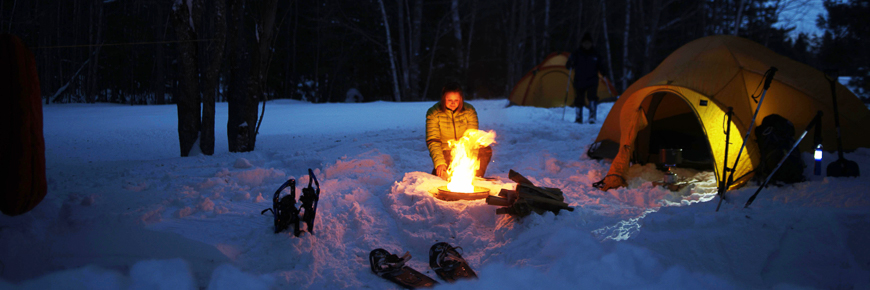 vs
vs 